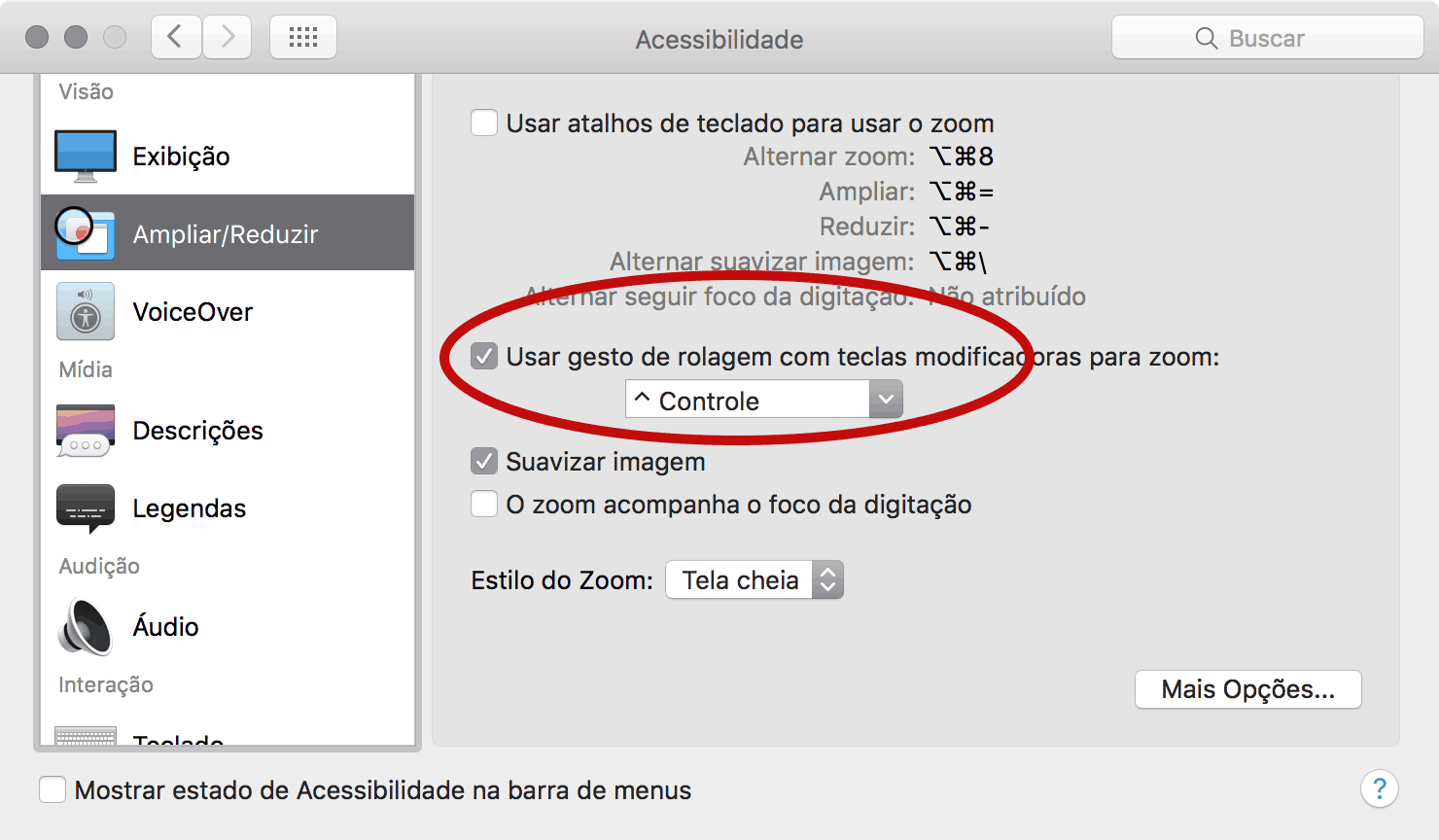FontLab on iMac retina screen

Nick Shinn
Posts: 2,317
This saved my sanity—but perhaps there is another way to make the type in the OpenType panel bigger?


0
Comments
-
What I used to do is keep my feature code in one or more external files. When you want to add a feature, you just type it into the external file (using whatever text editor you like best--I used either Textmate or BBEdit), save, and then go back to FontLab and hit compile. You can still test features in FontLab as before, you just don't create them there.
The way to do it is to export your features from FontLab using the "Save Features..." command in the OT panel. This will create a text document with a .fea extension. Place this file in the same folder as your FontLab document. Then, delete all your features (in FontLab) and add this to the bottom section of the OT panel (change "Features.fea" to the name of your actual file):include(Features.fea)
Now FontLab will load this whenever you hit the Compile Features button.
This has quite a few advantages, including having control over the font and font size for editing features. Text editors usually have much better editing controls (like search and replace) than the simple text editor built into FontLab. There are even some syntax color plug-ins for Textmate and BBEdit that work with .fea files.
Another advantage is that, if you have several fonts that use the same feature code, you can link them all to the same feature file, making it effortless to keep them all up to date.
It's also possible to use more than one .fea file at a time. For example, if you want to keep certain features separate, maybe because they only apply to some of the fonts in your family. You just put each include statement on a separate line.
It's also possible to put the features file above or below your FontLab file in the folder hierarchy, using the same syntax as in HTML. If it's in a subfolder, do this:include(my subfolder/Features.fea)
If it's a level above (I used this a lot):include(../Features.fea)
Give it a try. I never went back to the dumb FontLab feature editor once I started working this way.4 -
Incidentally, this will work with most other font editors, not just FontLab. It's an AFDKO thing. Where you place the "include" statement depends on the font editor. You can also put an include statement in any Feature file, or even in a feature definition (pretty sure), but I imagine this could get complicated, and it's hard to think of practical reasons for doing so.1
-
Thanks Mark! I do use text editors, but didn’t know how to preserve the colors when exporting from FL, which is a “feature” of the application that I find extremely useful.0
-
There are syntax highlighting packages for the AFDKO OpenType feature format for various text editors. Here are a few from a quick search; there are likely others.Nick Shinn said:I do use text editors, but didn’t know how to preserve the colors when exporting from FL…
for TextMate and Sublime Text:
https://github.com/brew/opentype-feature-bundle
for Atom (by @Kenneth Ormandy):
https://atom.io/packages/opentype-feature-bundle
and another for Atom:
https://atom.io/packages/language-opentype
for Vim:
https://github.com/clauseggers/vim-fontsyntax
for Emacs:
https://github.com/n8willis/fontfile-modes
4 -
Nick, as a pontual workaround you can enable the whole-screen-zoom in System Preferences > Accessibility:

This saved me a number of times to decipher or manage very small things. 0
0
Categories
- All Categories
- 46 Introductions
- 3.9K Typeface Design
- 486 Type Design Critiques
- 563 Type Design Software
- 1.1K Type Design Technique & Theory
- 655 Type Business
- 858 Font Technology
- 29 Punchcutting
- 519 Typography
- 119 Type Education
- 323 Type History
- 77 Type Resources
- 112 Lettering and Calligraphy
- 33 Lettering Critiques
- 79 Lettering Technique & Theory
- 555 Announcements
- 94 Events
- 114 Job Postings
- 170 Type Releases
- 176 Miscellaneous News
- 276 About TypeDrawers
- 54 TypeDrawers Announcements
- 120 Suggestions and Bug Reports


